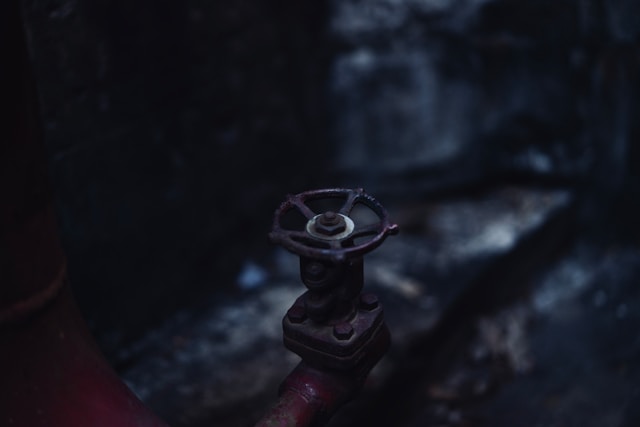The most common reason an oil water separator fails is poor maintenance. This includes needing to drain and clean the unit regularly.
Oil water separators work using a simple principle: differences in density. Wastewater passes through plastic plates where more significant components sink while lighter particles rise to the top.
They Don’t Work
We all know that oil and water don’t mix, but dealing with industrial wastewater treatment gets a bit more complicated. Separating oil from wastewater requires special equipment, like an API oil water separator, and various physical, chemical, and biological filtration processes.
The basic idea behind an OWS is that oil and other grease solids are lighter than water, so they tend to float to the top of the wastewater. Once there, they get “hung up” on various filtration systems or other mechanisms designed to capture them and then skimmed away.
OWS are vital to adequate wastewater treatment because they prevent water pollution and ensure business compliance with local and state regulations. Dumping oil-contaminated water into waterways is illegal, and dumping untreated wastewater can cause severe environmental damage. The more condensate is purified before it reaches groundwater, the better for the environment. That’s why OWS is required on ships and why many businesses use them.
They’re Expensive
Oil water separators North Carolina are designed to remove the floating hydrocarbons in the wastewater created by your business. They are the legal minimum pre-treatment systems required by local councils and safety authorities. They use a widely accepted vertical tube coalescing technology and are available in sizes to suit most compressed air systems.
The stacked plates increase the surface area of the wastewater, forcing the oil particulates to come into contact with each other and clump into larger particles that are easier to skim off. The result is that most oil is removed before wastewater goes into further processing or filtration.
Effectively separating oil from water can also help improve the performance of downstream equipment. This can be in terms of chemical treatment efficiency or filtration performance. It can also reduce maintenance costs. Finally, by reducing the contaminants released into the environment, your business can avoid costly fines for polluting the waterways. This can have a positive impact on your business reputation.
They’re Not Environmentally Friendly
There’s a reason why it’s common to hear the adage “oil and water don’t mix.” When oil is poured into water, it rises to the surface and easily separates. When this happens in the wastewater treatment industry, it requires special equipment to separate oil from wastewater and clean up any accumulated sludge.
To do this, wastewater passes through filters that separate the most significant solids and then flows into an oil-water separator where the system’s gravity allows heavier sludge to drop to the bottom; oil rises to the top, and wastewater moves along for further treatment.
Some models of oil water separators rely on gravity, while others use coalescing plates to filter wastewater. The plates contain a series of media packs that force free oil droplets to intrude on them. The oil particles are attracted to the media pack’s micro-pore walls and are adsorbent, leaving the water to drain through a sanitary sewer system.
They’re Not Effective
Oil-water separators are crucial to protecting the environment from oil spills. They help to prevent the spread of oil from industrial facilities and commercial wash bays into natural water supplies. Oil in wastewater can damage ecological systems and harm plants, animals, and humans, so it’s essential to separate the two fluids as much as possible.
The efficiency of a separator is dependent on many factors, including flow rates, design capacity, emulsifying agents, routine monitoring, and maintenance practices. When adequately accounted for, the separation process can be positively impacted.
A well-designed and maintained separator can produce the best results for your facility. The key to optimizing an OWS system is to have accurate data on the fluids’ density, viscosity, surface tension, and emulsion properties over the temperature range the separator will operate in. This information will assist engineers in avoiding oversizing the separator, which can lead to mechanical failures and accidental discharge of oil.

 Revamping Your Bathroom Space: The Journey to Selecting the Perfect Cabinets
Revamping Your Bathroom Space: The Journey to Selecting the Perfect Cabinets  Strengthening Your Team: The Role of Background Checks in Modern Hiring Practices
Strengthening Your Team: The Role of Background Checks in Modern Hiring Practices  Keeping Your Hearth in Top Shape: The Value of Routine Fireplace Repair
Keeping Your Hearth in Top Shape: The Value of Routine Fireplace Repair  Septic Systems: Maintenance Tips for Homeowners
Septic Systems: Maintenance Tips for Homeowners 


